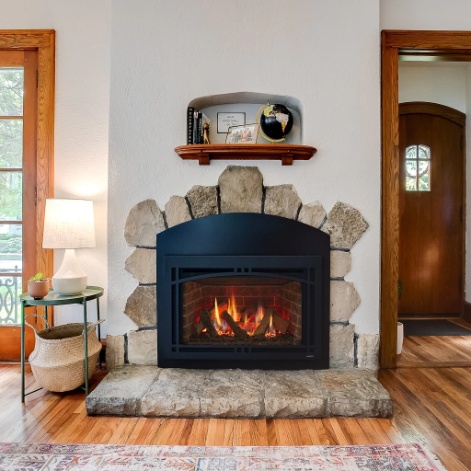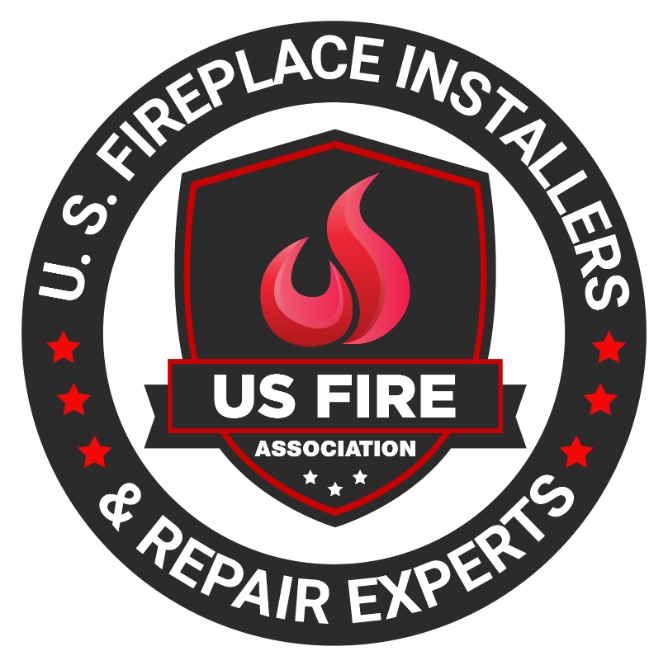Table of Contents
If you are contemplating the installation of a two-car garage door but are uncertain about the standard width, you’ve come to the right place! This article provides comprehensive information on the common width for two car garage doors.
We will discuss various aspects, including the average width, key factors to consider when selecting the appropriate size, the available types of garage doors, and guidelines for measuring and preparing for installation.
Furthermore, we will examine how to customize the width to meet specific requirements.
We will also analyze the advantages and disadvantages associated with customization.
Readers can anticipate gaining valuable insights into choosing the ideal width for a two-car garage door, tailored to their home’s needs.
Standard Width for Two Car Garage Doors
When evaluating a two-car garage, it is crucial to understand the standard width for the garage doors.
This dimension plays a significant role in vehicle access, overall functionality, and compliance with industry standards.
Familiarity with the commonly accepted measurements can facilitate a seamless installation process and maximize the efficient utilization of space.
What is the Average Width?
The typical width of a two-car garage door falls within the range of 16 to 18 feet.
This width offers sufficient space for standard-sized vehicles to maneuver in and out comfortably.
This standardized width is selected based on multiple factors that impact the design and operational efficiency of a garage.
Considerations such as the ease of vehicle entry and exit, standard vehicle dimensions, and structural requirements all contribute significantly to determining the width of a two-car garage door.
These dimensions accommodate a diverse range of vehicles, from compact cars to SUVs and trucks.
The adaptability of this standard width ensures that most vehicles can navigate in and out of the garage without encountering any obstacles.
This makes it a pragmatic choice for homeowners.
Factors to Consider When Choosing Width
Choosing the optimal width for the two-car garage doors requires careful consideration of various essential factors.
These factors include the quantity and dimensions of the vehicles, additional space requirements for storage or workspace, and expert guidance customized to your home improvement endeavor.
Number and Size of Vehicles
When selecting the appropriate width for garage doors, it is important to consider the quantity and dimensions of the vehicles intended for parking inside.
This consideration directly impacts the necessary width to facilitate easy access and maneuvering.
For a conventional double car garage configuration where two vehicles are typically parked adjacent to each other, a common recommendation for width falls within the range of 18-20 feet.
This width allocation provides sufficient space for comfortably opening car doors and maneuvering vehicles in and out of the garage without impediment.
It is crucial to factor in any additional storage or workspace requirements when determining the door width.
Larger vehicles such as trucks or SUVs may necessitate wider doors.
Thus, customization based on the specific types of vehicles in use is imperative to ensure seamless access and operational functionality.
Additional Space for Storage or Workspace
Many homeowners utilize their garages for purposes beyond vehicle parking, such as additional storage or as a functional workspace.
This necessity often requires a wider space than the standard vehicle requirements.
Having supplementary space in the garage for storage or a workspace brings about numerous advantages.
It facilitates the organization of tools, equipment, sports gear, and seasonal items, ensuring they are readily accessible yet neatly stored.
An allocated workspace within the garage enables individuals to engage in DIY projects, hobbies, or even conduct office work comfortably on their own property.
When considering these added functionalities, it is imperative to factor in the total width required to accommodate both vehicles and the storage/workspace areas seamlessly.
Types of Two Car Garage Doors
There are several types and styles of two-car garage doors available, each offering distinct levels of security, safety, and durability.
The selection of the door type can significantly impact both the visual appeal and operational functionality of your garage.
Single vs. Double Doors
When deciding between single and double garage doors for a two-car garage, one must carefully consider the factors of space efficiency and design preferences.
Each option presents distinct advantages.
Single garage doors are a prevalent choice for residences with limited space, as they require less horizontal clearance compared to double doors.
They are often a more economical option and simpler to install due to their basic design.
Conversely, double garage doors offer a more imposing and symmetrical appearance to a home’s facade, particularly for larger garage openings.
However, they do require more space to operate smoothly.
When choosing between the two types, it is important to consider the variations in door widths to ensure optimal functionality within the available garage space.
Roll-up vs. Sectional Doors
Roll-up and sectional garage doors are commonly selected options for two-car garages.
Each presents unique functionalities and design elements that cater to diverse homeowner preferences.
Roll-up doors feature horizontal slats that vertically roll above the door opening when in use.
This makes them particularly suitable for garages with restricted ceiling space.
Conversely, sectional doors comprise panel sections that flex as the door is operated, resulting in a more conventional appearance.
Typically crafted from steel or aluminum, roll-up doors offer robustness and enhanced security.
In contrast, sectional doors are available in a range of materials such as wood, vinyl, and fiberglass.
This provides customization possibilities that harmonize with various architectural designs.
Measuring and Planning for Installation
Precise measurement and comprehensive planning are imperative prerequisites for the effective installation of dual car garage doors.
This holds true whether you are pursuing a do-it-yourself endeavor or engaging professional services.
The utilization of appropriate tools, equipment, and guidance, which may include online resources, can facilitate a meticulous and streamlined installation procedure.
Steps to Accurately Measure for a Two Car Garage Door
To accurately measure for a two-car garage door, it is recommended to follow a specific set of steps.
- First, measure the width and height of the garage opening.
- Next, account for the required clearance and side space, ensuring ample room for proper installation.
After measuring the width and height of the garage opening, it becomes crucial to consider the necessary clearance above the door to allow for proper operation.
In addition, having adequate side space is essential to ensure enough room on each side of the opening to accommodate the tracks and mechanisms of the garage door.
Neglecting to account for these clearances may lead to functional issues with the door and could result in costly adjustments following the installation.
Therefore, it is imperative to take accurate measurements and carefully consider these essential clearances.
This guarantees a successful and smooth garage door installation that meets the necessary requirements and specifications.
Considering Clearance and Side Space Requirements
When installing two-car garage doors, clearance and side space requirements must be carefully considered.
This ensures proper functionality and prevents potential obstructions.
It is essential to have adequate clearance above the garage door to facilitate smooth operation and prevent any interference with garage door openers or tracks.
Similarly, sufficient side space on both sides of the door is crucial to allow safe passage for vehicles and individuals entering or exiting the garage.
Professional installers stress the importance of accurate measurements to determine the required clearances.
By considering the dimensions of the garage door, opener mechanism, and relevant hardware, they guarantee that the installation complies with safety standards and delivers optimal operational efficiency.
Customizing Width for Specific Needs
Tailoring the width of a garage door to accommodate specific requirements can present notable benefits.
This is especially true for accommodating unique vehicle dimensions or specific storage needs.
Nevertheless, it is crucial to carefully assess the advantages and disadvantages associated with choosing non-standard widths.
Options for Non-Standard Widths
The selection of non-standard widths in garage doors presents opportunities for customized solutions designed to meet specific requirements.
This includes accommodating larger vehicles or providing additional storage space.
The process of customization is instrumental in achieving tailored solutions for non-standard widths.
Professional services offer specialized knowledge in assessing needs and executing precise measurements.
This ensures an exact fit for the unique space involved.
On the other hand, individuals with proficiency in DIY projects can utilize customization kits to create a personalized garage door width.
Whether one opts for professional assistance or undertakes the project independently, the advantages of non-standard widths extend beyond functional enhancements.
They also include an elevation of the aesthetic appeal and value of the property.
Benefits and Drawbacks of Customization
The customization of garage door width presents advantages such as enhanced functionality and personalized design options.
However, this customization may also entail certain disadvantages, including higher expenses and potential complications during the installation process.
Modifying the width of a garage door can significantly improve the visual appeal of a residence.
It also offers improved accessibility for larger vehicles.
This customization enables homeowners to tailor their garage door to specific requirements, such as accommodating storage needs or unique architectural features.
Nevertheless, this customization process may result in increased costs due to the utilization of specialized materials and skilled labor.
Furthermore, altering dimensions can introduce complexities during installation.
This may potentially affect the structural integrity of the surrounding area.
Addressing these challenges may necessitate additional time and expertise to ensure a successful outcome.
Frequently Asked Questions
1. What is the common width for two car garage doors?
The most common width for two car garage doors is 16 feet. This allows for two standard vehicles to fit comfortably side by side.
2. Why is the standard width for two car garage doors 16 feet?
The standard width of 16 feet was determined to be the most practical and efficient size for two car garage doors. It allows for enough space for two cars to fit without being too wide or too narrow.
3. Can I have a wider or narrower two car garage door?
Yes, you can have a wider or narrower two car garage door depending on your specific needs. However, it is important to consider the size of your vehicles as well as any restrictions in your area.
4. What should I consider when choosing the width for my two car garage door?
When choosing the width for your two car garage door, it is important to consider the size of your vehicles. Also, think about any space restrictions in your area and the overall design and layout of your garage.
5. Are there any standard height requirements for two car garage doors?
The standard height for two car garage doors is 7 feet. However, you can also opt for a taller door if you have taller vehicles or need more clearance for storage.
6. Can I customize the width of my two car garage door?
Yes, many garage door companies offer customizable options for their two car garage doors. This allows you to choose a width that best fits your specific needs and preferences.
7. What factors should I consider when choosing the width of my garage door?
Consider the number and dimensions of your vehicles, whether you need additional storage or workspace, and any local zoning regulations that may apply.
8. What types of two car garage doors are available?
Common types of two car garage doors include single doors, double doors, roll-up doors, and sectional doors, each offering unique functionalities and design elements.
9. How do I measure for a two car garage door?
To measure for a two car garage door, measure the width and height of the garage opening and account for the required clearance and side space for installation.
10. What are the advantages of customizing my garage door width?
Customizing the width of your garage door can enhance functionality, provide better access for larger vehicles, and improve the overall aesthetic appeal of your home.
Latest Articles

What Is An NG (Natural Gas) Indicator And Why You Need It For Your Fireplace
Table of Contents1 Understanding Natural Gas Fireplaces2 What is an NG Indicator?3 Importance of NG Indicators for Safety4 Types of NG Indicators5 Installation and Maintenance of NG Indicators6 Signs of a Faulty NG Indicator7 Frequently Asked Questions Natural gas fireplaces are a favored option among numerous homeowners due to their convenience and effectiveness. But, what is an NG (Natural Gas) indicator and why you need it for your fireplace? It is imperative to comprehend how they function and the significance of having an NG (Natural Gas) indicator for safety purposes. This article delves into the definition and significance of NG indicators. We will discuss the potential hazards associated with the absence of one and the various types of indicators accessible. Also, we will discuss installation and maintenance recommendations, and methods to recognize and rectify issues with malfunctioning indicators. Stay well-informed and ensure the safety of your home by referring to this exhaustive guide. Understanding Natural Gas Fireplaces Natural gas fireplaces serve as an efficient and convenient heating option for numerous households. They utilize natural gas as a fuel source to deliver consistent warmth and ambiance. How They Work and Why They Need NG Indicators The operation of natural gas fireplaces involves igniting natural gas to generate heat. This process requires diligent monitoring to ensure both safety and efficiency, a task facilitated by the use of NG indicators. NG indicators play a critical role in detecting potential gas leaks. They enable residents to promptly address and mitigate any associated hazards. Through continuous monitoring of gas levels and providing timely warnings and alerts, NG indicators uphold a secure indoor environment. It is imperative to ensure that these indicators function properly to facilitate the effective operation of natural gas fireplaces. This helps mitigate the inherent risks linked to gas leaks. What is an NG Indicator? An NG indicator is a specialized device equipped with advanced sensors and technology. It is specifically designed to detect natural gas leaks and monitor gas pressure in appliances, such as fireplaces. Definition and Purpose The NG indicator functions as a detector that monitors gas appliances for potential leaks. It provides essential functionality to ensure safety in households utilizing natural gas. These detectors play a crucial role in protecting residences by notifying occupants of dangerous gas leaks long before they escalate into perilous situations. Through continuous monitoring of gas levels in the vicinity, NG indicators offer an additional layer of protection. This is particularly important in properties that rely on gas-operated fireplaces or stoves. These devices not only help avert potential disasters but also enhance the overall peace of mind of homeowners. They assure them that their living spaces are equipped with reliable safety features. Importance of NG Indicators for Safety Natural gas indicators are essential for maintaining safety in households equipped with natural gas appliances. These devices serve as a proactive measure to promptly detect gas leaks. This offers homeowners a sense of security and assurance. Potential Dangers of Not Having an NG Indicator The absence of an NG indicator in residences equipped with natural gas appliances can pose significant hazards. This includes the risk of undetected gas leaks , carbon monoxide poisoning , and pilot outages that may lead to dangerous situations. These potential risks can profoundly impact indoor air quality. They directly influence the health and safety of individuals residing in the household. Undetected gas leaks can go unnoticed, gradually permeating the air and creating a potentially explosive environment. Insufficient ventilation from undetected exposure to carbon monoxide can lead to serious health complications. These range from mild symptoms such as dizziness to fatal poisoning. Without proper monitoring from an NG indicator, families are left susceptible to these concealed threats. This underscores the critical importance of implementing proactive measures to mitigate such risks. Types of NG Indicators Indicators for Natural Gas (NG) are available in diverse types. Each presents distinct detection capabilities tailored to specific requirements, encompassing both manual and automated alternatives. Manual vs. Automatic Indicators Manual NG indicators require user intervention for monitoring gas levels and identifying leaks. On the other hand, automatic indicators employ sophisticated technology to deliver continuous, real-time monitoring. This heightened efficiency and oversight enhance safety protocols. Conventional manual indicators rely on individuals to physically inspect and evaluate gas levels periodically. This renders them more susceptible to human errors. Conversely, automatic indicators feature sensors capable of promptly detecting even the most minute fluctuations in gas levels. This establishes a more dependable and precise monitoring mechanism. Automatic indicators can activate alerts and shut-off systems upon detecting a leak. This ensures immediate action to avert potential hazards. This advanced technology enhances safety protocols and instills a sense of command and assurance among users. Installation and Maintenance of NG Indicators The reliable and accurate performance of NG indicators necessitates proper installation and consistent maintenance. This often entails professional installation and adherence to recommended service guidelines. Proper Installation and Regular Maintenance Tips The proper installation of NG indicators involves adhering to the specifications in the user manual. Maintenance protocols entail strict adherence to a predetermined maintenance schedule to ensure sustained operational efficiency. During the installation phase, it is imperative to verify that the NG indicators are securely affixed in the designated location as stipulated by the manufacturer. Crucial steps include confirming power source compatibility and ensuring proper grounding of the device to optimize performance. Calibration of the indicator must be executed meticulously to ensure precise readings. Regarding maintenance, essential practices include regular inspection for signs of wear, thorough cleaning of the indicator components, and routine functionality tests. By allocating time to a consistent maintenance regimen, the NG indicator can operate with optimal efficiency over an extended duration. Signs of a Faulty NG Indicator Recognizing indicators of a malfunctioning NG indicator is essential for upholding safety and performance standards. Inaccuracies and detection issues can undermine the efficacy of these devices. Identifying and Addressing Issues The process of identifying and addressing issues related to NG (natural gas) indicators requires a systematic troubleshooting approach. This ensures their optimal performance

What You Need To Know About Gas Log Set Safety And Installation Considerations
Table of Contents1 Understanding Gas Log Sets2 Safety Considerations for Gas Log Sets3 Installation Guidelines for Gas Log Sets4 Maintaining and Troubleshooting Gas Log Sets5 Frequently Asked Questions Gas log sets are a favored option among homeowners seeking to enjoy the comfort and atmosphere of a conventional fireplace without the inconvenience of wood. This article tells you what you need to know about gas log set safety and installation considerations. Before incorporating one into your residence, it is imperative to understand the safety considerations associated with their use. This discussion delves into the potential hazards linked with gas log sets. It presents crucial precautions to uphold the safety of your home. Also, it outlines proper installation procedures and offers insight into common errors to avoid. Finally, it provides advice on maintenance and troubleshooting. Gain comprehensive knowledge on gas log set safety and installation considerations. Understanding Gas Log Sets Comprehending gas log sets is essential for individuals seeking to elevate their fireplace experience, and for gas lag set safety and installation. These heating appliances can operate on either natural gas or propane. In addition, they are available in a range of styles, including vented, ventless, and vent-free options. They provide an array of benefits and customization opportunities through various fireplace accessories. What are Gas Log Sets? Gas log sets are meticulously crafted artificial logs. They are designed to imitate the appearance and functionality of authentic wood logs within fireplaces. These gas log sets typically consist of ceramic or refractory concrete logs that have been skillfully molded and painted. This allows them to replicate the natural grain and texture of real wood. The logs are arranged in various configurations within the fireplace. They establish a realistic and welcoming ambiance. In addition to the logs, gas log sets often include fireplace accessories such as glowing embers. Accessories also include decorative stones, and even pine cones to enhance the overall aesthetic appeal. Homeowners can select from an array of placement options. These include traditional wood stack, cascading driftwood, or a contemporary geometric arrangement. Homeowners can align their preferred style and design preferences. Safety Considerations for Gas Log Sets Safety considerations for gas log sets are of utmost importance to guarantee a secure and pleasant fireplace experience. It is essential to address potential hazards such as carbon monoxide exposure, gas leaks, and fire safety to maintain a safe environment for homeowners. Potential Hazards and Precautions Gas log sets come with potential hazards that must be taken seriously, including the risks of gas leaks, carbon monoxide poisoning, and fire incidents. It is imperative to establish and adhere to rigorous safety measures to ensure the well-being of individuals and properties involved in the use of gas log sets. Gas leaks represent a significant hazard when utilizing gas log sets. They can result in the accumulation of combustible gas within the premises, heightening the possibility of explosions or fires. Carbon monoxide, an insidious gas generated during incomplete combustion, poses a grave threat due to its colorless and odorless nature, making it undetectable without proper monitoring. To address these risks effectively, it is vital to install carbon monoxide detectors and gas leak sensors in the vicinity of the gas logs. Routine maintenance checks on the gas log system, including cleaning and inspection procedures, are critical to ensure safe operations and the prompt identification of potential issues. In case of a gas leak or suspected presence of carbon monoxide, immediate evacuation of the affected area is paramount, followed by prompt contact with emergency services. Recognizing the distinct odor of rotten eggs associated with natural gas can serve as an early warning sign, prompting swift actions to avert any potential accidents. Installation Guidelines for Gas Log Sets The installation of a gas log set necessitates meticulous planning and strict adherence to specific guidelines. This includes verifying a secure gas connection, ensuring proper gas lines are in place, and complying with local building codes. Often, the complexity of these requirements may require the expertise of a certified technician. Proper Installation Techniques The appropriate installation procedures for gas log sets involve the secure connection of gas lines, meticulous adherence to installation manuals, and strict compliance with local building codes. It is imperative to prioritize the guarantee of secure gas connections to avert leaks and potential safety hazards. During the installation of gas log sets, utilizing suitable sealants and fittings is essential to establish a tightly sealed connection. The correct installation of gas lines is critical for both the safety and operational efficacy of the gas log set. Reference to the installation manual is highly advisable for detailed, step-by-step guidance to prevent inaccuracies and ensure the successful establishment of the gas log set. Consistently adhering to building codes and regulations upholds safety standards. Seeking guidance and confirmation from a certified technician before and after installation can offer invaluable support and assurance throughout the process. Common Installation Mistakes to Avoid It is imperative to avoid common installation errors to ensure the secure and effective operation of gas log sets. This includes verifying proper gas connections and compliance with building codes. Improper gas connections can result in leaks and potential hazards, underscoring the importance of verifying the tightness and correct alignment of all fittings. Failure to adhere to building codes can lead to structural complications, penalties for non-compliance, or even safety concerns. To prevent these oversights, it is advised to consult the manufacturer’s installation guidelines and strictly adhere to local regulations. Engaging a certified technician for the installation of gas log sets guarantees that the procedure is carried out accurately and securely. This provides assurance that the system is functioning as intended. Maintaining and Troubleshooting Gas Log Sets Regular maintenance and troubleshooting of gas log sets are imperative to uphold their optimal performance and safety. This includes thorough examination of the pilot light, pilot assembly, and other gas appliances to preserve heating efficiency and promptly resolve any arising issues. Tips for Maintenance and Repair Ensuring the proper maintenance of your gas log set necessitates conducting

Key Considerations For Using Compressed Liquid Propane In Fireplace Installation
Table of Contents1 What is Compressed Liquid Propane?2 Benefits of Using Compressed Liquid Propane in Fireplaces3 Safety Precautions for Installing Compressed Liquid Propane Fireplaces4 Installation Process for Compressed Liquid Propane Fireplaces5 Maintenance and Care for Compressed Liquid Propane Fireplaces6 Alternative Fuel Options for Fireplaces7 Frequently Asked Questions If you are contemplating the use of compressed liquid propane in your fireplace installation, this discussion will delve into the advantages of adopting this alternative fuel option. These benefits include enhanced efficiency, cost savings, and important safety precautions to consider. Furthermore, a detailed step-by-step guide on the installation process will be provided, along with recommendations for maintenance and care. A comparison of various fuel options for fireplaces will also be conducted to assist you in making an informed decision. We encourage you to stay engaged to gain insights into optimizing your fireplace’s capabilities with compressed liquid propane. What is Compressed Liquid Propane? Compressed Liquid Propane is a versatile energy source contained in a high-pressure propane tank. It finds extensive utility in both residential and commercial settings, prominently including fireplaces. Recognized for its convenience and efficiency, Compressed Liquid Propane emerges as a favored option for heating residential spaces and facilitating culinary pursuits across various environments. Additionally, it serves as a viable fuel substitute in vehicular contexts, portable cooktops, and outdoor grilling scenarios due to its propensity for clean combustion. The attribute of portability, coupled with ease of storage, positions Compressed Liquid Propane as an optimal energy source for individuals residing off the conventional grid. It is also great for engaging in outdoor activities such as camping and recreational vehicle (RV) travel. Moreover, the high energy density inherent to Compressed Liquid Propane renders it a dependable choice for sustaining generators during instances of power disruptions. Benefits of Using Compressed Liquid Propane in Fireplaces Utilizing Compressed Liquid Propane for fireplace installation presents several benefits. These include enhanced fuel efficiency, convenience, cost-effectiveness, and a favorable environmental footprint. These attributes render it a recommended option for heating solutions, applicable to both on-grid and off-grid settings. Efficiency and Cost Savings The utilization of Compressed Liquid Propane in fireplaces offers significant advantages, notably in terms of high fuel efficiency and cost-effectiveness. These attributes are underscored by the exceptional BTU rating and overall heating efficiency of Compressed Liquid Propane. The elevated fuel efficiency exhibited by Compressed Liquid Propane fireplaces necessitates less fuel to generate the same level of heat compared to traditional wood-burning fireplaces or electric heating systems. Consequently, homeowners can realize cost savings on their heating expenditures over an extended period. Moreover, the clean-burning characteristics of propane minimize maintenance costs linked to soot and ash cleanup. This further enhances the cost-effectiveness of employing propane fireplaces. Safety Precautions for Installing Compressed Liquid Propane Fireplaces Ensuring safety is of utmost importance during the installation of Compressed Liquid Propane fireplaces. This requires strict adherence to safety regulations, meticulous attention to proper ventilation requirements, careful control of ignition sources, and the incorporation of carbon monoxide and gas leak detection systems. Important Safety Measures Essential safety protocols for the installation of Compressed Liquid Propane fireplaces encompass adherence to fire safety regulations. Engaging in professional assessments and employing sophisticated gas leak and carbon monoxide detection mechanisms is crucial. Professional evaluations play a critical role in identifying any prospective hazards or irregularities within the fireplace infrastructure. These assessments are vital in ensuring the operational integrity of all components and compliance with safety protocols. Routine inspections serve to forestall potential fire incidents, gas discharges, or carbon monoxide emissions that could pose significant threats to both the property and individuals in the vicinity. The utilization of advanced gas leak and carbon monoxide detection systems serves as an additional safeguard by promptly notifying occupants of any elevated levels of these hazardous gases. Installation Process for Compressed Liquid Propane Fireplaces The installation procedure for Compressed Liquid Propane fireplaces encompasses several critical steps. These include: Adhering to installation guidelines Correctly positioning the propane tank Ensuring precise gas line installation Optimizing heat output Monitoring pressure regulation Establishing the pilot light Step-by-Step Guide The installation process of Compressed Liquid Propane fireplaces involves a systematic approach. This begins with the construction of the firebox, followed by the installation of the gas control valve, setup of the ignition system, design of the flue, and verification of a suitable combustion air supply. The construction of the firebox assumes critical importance as it serves as the foundation of the fireplace structure. It securely holds the combustible materials in place. Subsequently, the gas control valve plays a key role in managing the propane flow, guaranteeing safe and efficient operation. The installation of the ignition system facilitates convenient and reliable fire initiation. Designing the flue is a necessary step to direct exhaust gases outside, thus preventing their accumulation indoors. Moreover, ensuring a proper combustion air supply is essential to sustain optimal burning conditions and enhance fuel consumption efficiency. Each component contributes significantly to the functionality and safety of the fireplace installation process. This underscores the importance of meticulous attention to detail and adherence to established protocols. Maintenance and Care for Compressed Liquid Propane Fireplaces Consistent maintenance and attention to Compressed Liquid Propane fireplaces are imperative to guarantee their optimal functionality. This includes adherence to prescribed maintenance protocols, regular chimney upkeep, prevention of soot accumulation, and scheduling of routine propane deliveries and professional inspections. Tips for Keeping Your Fireplace in Good Condition For the maintenance of your Compressed Liquid Propane fireplace, it is essential to conduct regular checks on ignition sources. Monitor flame appearance, clean the gas burner and pilot assembly, and verify the correct operation of the safety shut-off valve. The inspection of ignition sources requires a detailed examination of the electronic igniter. This helps identify any signs of damage or corrosion and ensures proper sparking upon activation. Monitoring flame appearance involves observing a consistent blue flame with minimal flickering, which signifies efficient combustion. Cleaning the gas burner and pilot assembly can be performed using a soft brush or compressed air to eliminate any dirt or debris that may


















































































